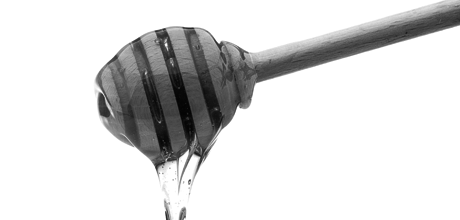30 the number of minutes it takes to go from a sugar rush to a full on sugar crash. This sugar spike and crash makes you crave more, leading to a very sweet but vicious cycle.
6 the maximum number of teaspoons of table sugar we should consume per day. Watch out for hidden added sugar in foods, as these all count.
31.7g the amount of sugar in a tall skinny chai tea latte.
1,120 that’s how many calories you lose if you cut your daily teaspoons of sugar by 10. That’s just one pain au raisin and a tall skinny mocha.
8.2g save this amount of sugar by switching your Starbucks tall skimmed latte for a Starbucks tall soya latte.
22.5g this amount of total sugars per 100g is considered high, so avoid products with this on their label. Anything below 5g is considered low.
12% researchers found that a 15 minute walk can curb cravings for sugar laden chocolate bar by this much. So get moving around 4pm!
3x this is how much more sugar kids are eating over the RDA.
1:1 as they have the same sweetness, it’s easy to swap table sugar for naturally occurring low-cal xylitol. Simply switch the ingredients, without changing the amounts.
150ml the maximum amount of fruit juice we should drink in a day, to minimise our sugar intake. Although it contains vitamins, there is little fibre in it to prevent a blood sugar spike, so only drink with meals.

